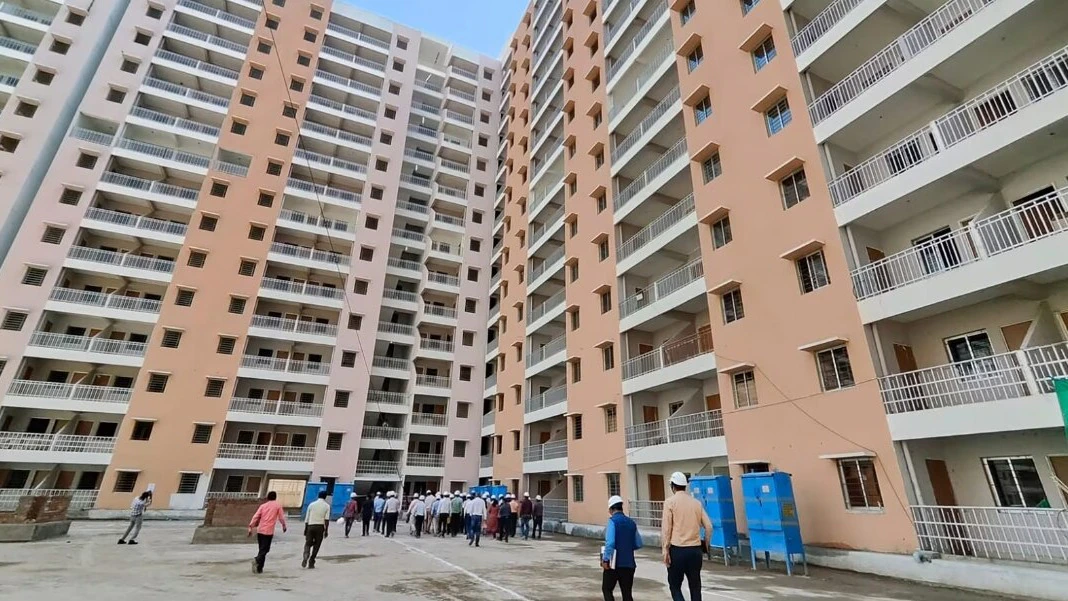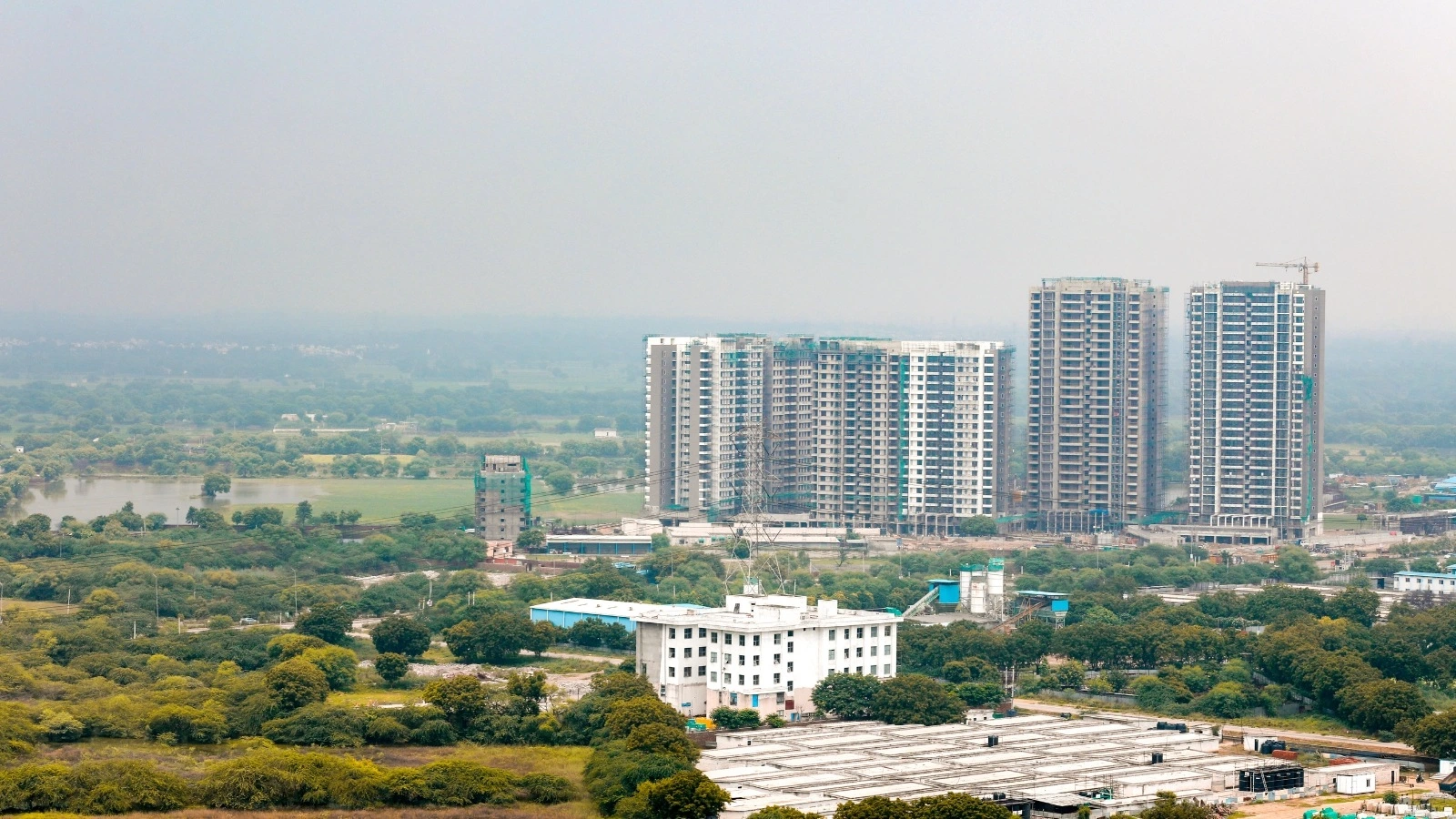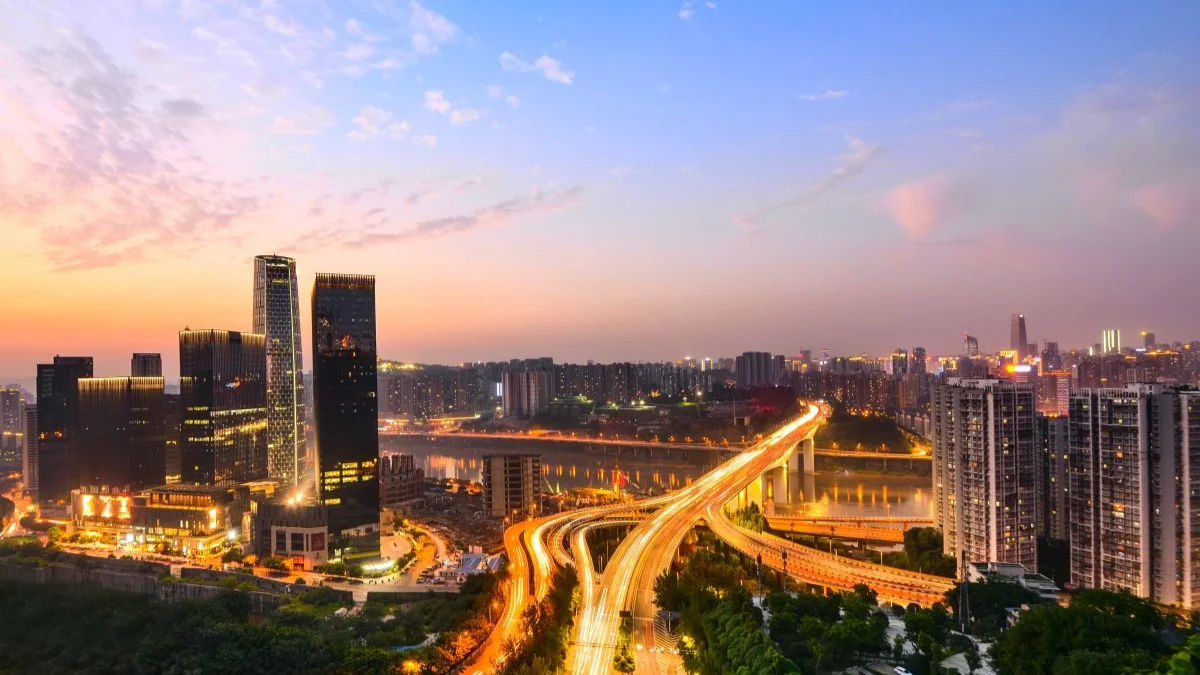Table of Content
India’s real estate landscape is undergoing a significant transformation, particularly in Tier 2 cities. According to recent reports by PropEquity, housing sales in the top 15 Tier 2 cities rose by 4% in terms of volume, while the sales value surged by 20% in 2024. This remarkable growth signals a shift in the property market, driven by factors such as improved infrastructure, rising incomes, government initiatives, and an increased focus on affordable housing.
In this blog, we delve into what these figures mean for homebuyers, investors, and urban planners, and why Tier 2 cities are becoming the new hotspots for real estate growth.
The Rise of Tier 2 Cities in India
Traditionally, metropolitan areas like Mumbai, Delhi, and Bangalore have dominated the real estate market. However, in recent years, Tier 2 cities have emerged as attractive alternatives due to their relatively lower cost of living, rapid infrastructural development, and rising economic opportunities. Cities such as Pune, Jaipur, Lucknow, and Chandigarh are witnessing increased residential and commercial activity, making them ideal for both homebuyers and investors.
Also Read: India's Real Estate Market to Double Its GDP Share to 15.5% by 2047
Key Drivers of Growth in Tier 2 Cities
1. Affordability and Value for Money:
Tier 2 cities generally offer more affordable real estate options compared to major metros. Lower property prices coupled with the potential for significant appreciation make these cities an attractive investment destination.
2. Improved Infrastructure:
Ongoing government initiatives and public-private partnerships have led to substantial improvements in infrastructure. Better roads, enhanced public transport, and upgraded amenities not only improve the quality of life but also drive property values upward.
3. Economic and Industrial Growth:
Many Tier 2 cities are experiencing rapid industrialization and economic development. New job opportunities, especially in sectors like manufacturing, IT, and services, attract a growing workforce, which in turn fuels residential demand.
4. Government Incentives:
Several state governments have implemented policies and schemes aimed at boosting the real estate sector. These include incentives for affordable housing, relaxed land-use regulations, and investment in urban renewal projects.
PropEquity's Report: A Snapshot of 2024
PropEquity’s recent report highlights that housing sales in the top 15 Tier 2 cities increased by 4% in volume in 2024. More impressively, the sales value jumped by 20%, indicating that not only are more homes being sold, but the price per unit is also on the rise. This surge in sales value suggests that properties in these cities are appreciating rapidly, reflecting increased investor confidence and a growing demand for quality housing.
What Does a 20% Increase in Sales Value Mean?
- Higher Property Appreciation:
A 20% increase in sales value indicates robust appreciation, suggesting that properties in these cities are not only holding their value but are gaining significantly. This is particularly appealing for investors looking for long-term capital gains. - Improved Market Sentiment:
The surge in sales value is a positive indicator of market sentiment. It implies that buyers are willing to pay more for properties, driven by better infrastructure, enhanced urban amenities, and overall economic growth. - Attractiveness for New Projects:
With rising property values, developers are encouraged to launch new residential and commercial projects, further stimulating the market and contributing to urban development.
Benefits for Homebuyers and Investors
For Homebuyers
1. Affordable Entry Points:
Tier 2 cities offer lower entry prices compared to metros, making homeownership more accessible. The potential for significant appreciation means that buyers could enjoy substantial capital gains over time.
2. Quality of Life Improvements:
With rapid urban development, Tier 2 cities are seeing better public infrastructure, improved healthcare, education facilities, and recreational amenities. These factors contribute to an enhanced quality of life for residents.
3. Long-Term Investment:
Given the steady rise in property values, buying a home in a Tier 2 city can be a sound long-term investment. As these cities continue to develop, the return on investment is likely to be attractive.
For Investors
1. High Growth Potential:
The 20% increase in sales value is a clear indicator of rapid property appreciation. Investors can expect strong returns, especially in areas where infrastructural development is robust.
2. Diverse Investment Options:
Tier 2 cities offer a range of investment opportunities from affordable housing projects to premium developments catering to diverse market segments.
3. Market Stability:
With a 4% rise in sales volume, the demand for properties remains steady, providing a stable environment for investment. This stability is key to mitigating risks and ensuring consistent returns.
4. Urban Renewal and Revitalization:
Many Tier 2 cities are undergoing urban renewal initiatives, which not only improve the quality of life but also drive property values higher. For investors, this means tapping into markets that are poised for sustained growth.
The Future Outlook
As India’s urban landscape continues to evolve, Tier 2 cities are expected to play an increasingly important role in the real estate market. With ongoing infrastructural improvements, supportive government policies, and a growing middle class, the momentum in these cities is likely to continue. PropEquity’s report suggests that the upward trajectory in both sales volume and sales value is set to continue, making these cities attractive not just for homebuyers but also for savvy investors looking for long-term growth.
The transformation of Tier 2 cities also has broader implications for regional development. Enhanced connectivity, better public services, and improved urban planning will contribute to a more balanced and inclusive growth across India, reducing the pressure on major metropolitan areas.
Also Read: Bangalore Guidance Value: A Complete Guide for Homebuyers








_1766133697.webp)
Ans 1. Tier 2 cities are smaller urban centers like Pune, Jaipur, Lucknow, and Chandigarh that are rapidly developing in terms of infrastructure, economy, and real estate compared to Tier 1 cities such as Mumbai or Delhi.
Ans 2. Tier 2 cities offer affordability, rising economic opportunities, and improved infrastructure, making them attractive for homebuyers and investors.
Ans 3. Key factors include affordability, infrastructure improvements, economic and industrial growth, and government initiatives like affordable housing schemes.
Ans 4. Housing sales in the top 15 Tier 2 cities increased by 4% in volume, while sales value surged by 20% in 2024, according to PropEquity's report.
Ans 5. This increase reflects rising property appreciation, improved market sentiment, and growing demand for quality housing in Tier 2 cities.
Ans 6. Yes, Tier 2 cities provide affordable entry points and quality of life improvements, making them ideal for first-time buyers.
Ans 7. Investors can expect high growth potential, diverse investment options, and stable market conditions, ensuring strong returns.
Ans 8. Sectors like manufacturing, IT, and services are contributing significantly to the economic and industrial growth of Tier 2 cities.
Ans 9. Yes, rising property values and demand are encouraging developers to launch new residential and commercial projects.
Ans 10. Government incentives such as relaxed land-use regulations and affordable housing schemes boost real estate growth in Tier 2 cities.